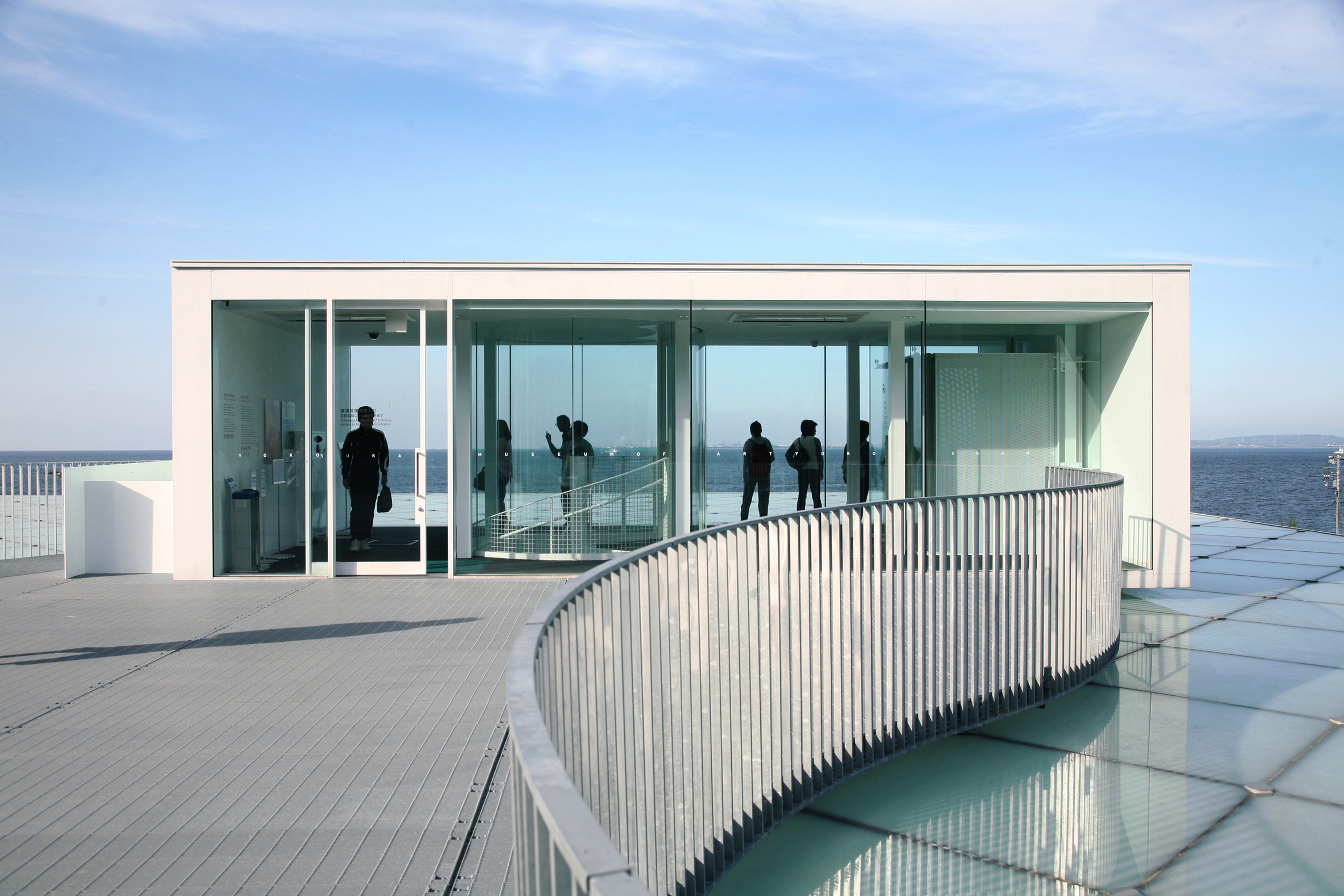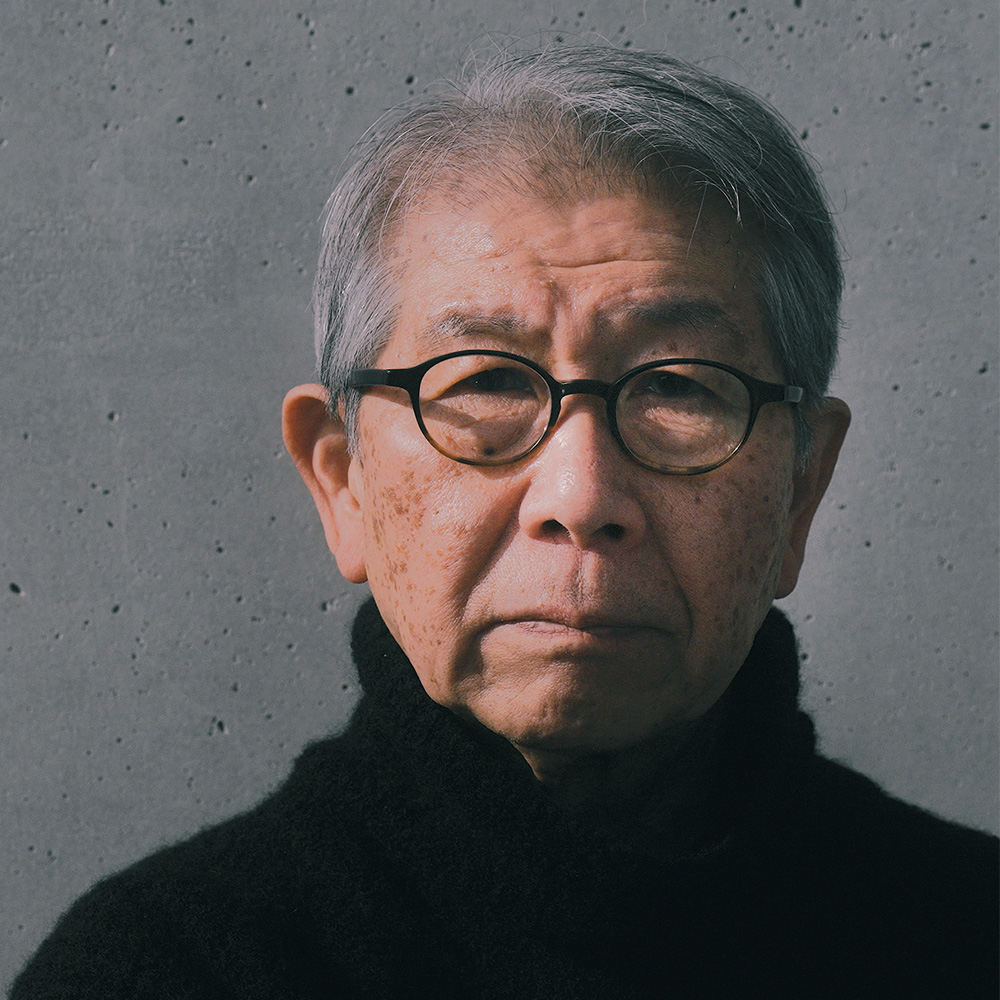The Pritzker Architecture Prize announces Riken Yamamoto, of Yokohama, Japan, as the 2024 Laureate of the Pritzker Architecture Prize, the award that is regarded internationally as architecture’s highest honor.
Yamamoto, architect and social advocate, establishes kinship between public and private realms, inspiring harmonious societies despite a diversity of identities, economies, politics, infrastructures, and housing systems. Deeply embedded in upholding community life, he asserts that the value of privacy has become an urban sensibility, when in fact, members of a community should sustain one another. He defines community as a “sense of sharing one space,” deconstructing traditional notions of freedom and privacy while rejecting longstanding conditions that have reduced housing into a commodity without relation to neighbors. Instead, he bridges cultures, histories and multi-generational citizens, with sensitivity, by adapting international influence and modernist architecture to the needs of the future, allowing life to thrive.
“For me, to recognize space, is to recognize an entire community,” Yamamoto expresses. “The current architectural approach emphasizes privacy, negating the necessity of societal relationships. However, we can still honor the freedom of each individual while living together in architectural space as a republic, fostering harmony across cultures and phases of life.”
The 2024 Jury Citation states, in part, that he was selected “for creating awareness in the community in what is the responsibility of the social demand, for questioning the discipline of architecture to calibrate each individual architectural response, and above all for reminding us that in architecture, as in democracy, spaces must be created by the resolve of the people...”
By reconsidering boundary as a space, he activates the threshold between public and private lives, achieving social value with every project, as each abounds with places for engagement and chance encounters. Small- and large-scale built works alike demonstrate masterly qualities of the spaces themselves, providing focus on the life that each one frames. Transparency is utilized so that those from within may experience the environment that lies beyond, while those passing by may feel a sense of belonging. He offers a consistent continuity of landscape, designing in discourse to the preexisting natural and built environments to contextualize the experience of each building.


He has evolved influences from traditional Japanese machiya and Greek oikos housing that existed in relationship to cities, when connectivity and commerce were essential to the vitality of every family. He designed his own home, GAZEBO (Yokohama, Japan 1986) to invoke interaction with neighbors from terraces and rooftops. Ishii House (Kawasaki, Japan 1978), built for two artists, features a pavilion-like room, that extends outdoors and serves as a stage to host performances, while living quarters are embedded beneath.
“Yamamoto develops a new architectural language that doesn’t merely create spaces for families to live, but creates communities for families to live together,” says Tom Pritzker, Chair of the Hyatt Foundation, which sponsors the award. “His works are always connected to society, cultivating a generosity in spirit and honoring the human moment.”
Larger housing projects also embody relational elements, assuring that even residents who live alone don’t dwell in isolation. Pangyo Housing (Seongnam, Republic of Korea 2010), a complex of nine low-rise housing blocks is designed with nonprescriptive transparent ground floor volumes that catalyze interconnectedness between neighbors. A communal deck across the second floor encourages interaction, featuring spaces for gathering, playgrounds, gardens and bridges that connect one housing block to another.
View more selected architectural works from Riken Yamamoto
Watch additional announcement videos about Riken Yamamoto winning the Pritzker Architecture Prize
“One of the things we need most in the future of cities is to create conditions through architecture that multiply the opportunities for people to come together and interact. By carefully blurring the boundary between public and private, Yamamoto contributes positively beyond the brief to enable community,” explains Alejandro Aravena, Jury Chair and 2016 Pritzker Prize Laureate. “He is a reassuring architect who brings dignity to everyday life. Normality becomes extraordinary. Calmness leads to splendor.”
Civic buildings achieving specific functions also affirm public purpose and assurance. The Hiroshima Nishi Fire Station (Hiroshima, Japan, 2000), appears entirely transparent, with its glass louvered façade and interior glass walls. Visitors and passersby may view through to the central atrium to witness the daily activity and training of firefighters, and are encouraged to grow acquainted with the civil servants who protect them in the many designated public areas of the building. Fussa City Hall (Tokyo, Japan 2008) is conceived as two mid-rise towers, rather than one high-rise to compliment the surrounding neighborhood of low-rise buildings. Concave bases invite visitors to recline and rest, while green public rooftop and lower levels are designated for flexible public programming.

Saitama Prefectural University (Koshigaya, Japan 1999), specializing in nursing and health sciences, is composed of nine buildings connected by terraces that transition into walkways leading to transparent volumes that allow views from one classroom to another, but also from one building to the next, encouraging interdisciplinary learning. Such fellowship is fostered even within the youngest generations at Koyasu Elementary School (Yokohama, Japan 2018), which features generous, undivided terraces extending learning spaces, permitting sights into and from each classroom, and encouraging relationships amongst students across grades levels.
He considers the user experience first, designing Yokosuka Museum of Art (Yokosuka, Japan 2006) as both a destination for travelers and a daily reprieve for locals. While the inviting serpentine entrance evokes the surrounding Tokyo Bay and nearby mountains, many of the galleries are underground, providing those who approach with a clear, undisturbed visual experience of the natural geography. Visitors may view through to the landscape and other galleries from round cutouts in all common spaces, uniting these otherwise distinctive environments so that those inside are impressed upon not only by the artwork, but by the activity of others in the spaces alongside them.
His career has spanned five decades and his projects, ranging from private residences to public housing, elementary schools to university buildings, institutions to civic spaces, and city planning, are located throughout Japan, People’s Republic of China, Republic of Korea and Switzerland. Significant built works also include Nagoya Zokei University (Nagoya, Japan, 2022), THE CIRCLE at Zürich Airport (Zürich, Switzerland, 2020), Tianjin Library (Tianjin, People’s Republic of China, 2012), Jian Wai SOHO (Beijing, People’s Republic of China, 2004), Ecoms House (Tosu, Japan, 2004), Shinonome Canal Court CODAN (Tokyo, Japan, 2003), Future University Hakodate (Hakodate, Japan, 2000), Iwadeyama Junior High School (Ōsaki, Japan, 1996) and Hotakubo Housing (Kumamoto, Japan, 1991).
Yamamoto is the 53rd Laureate of the Pritzker Architecture Prize and the ninth to hail from Japan. He was born in Beijing, People’s Republic of China, and resides in Yokohama, Japan. He will be honored in Chicago, Illinois, United States of America this spring and the 2024 Laureate Lecture will be held at S. R. Crown Hall, Illinois Institute of Technology, in partnership with the Chicago Architecture Center, on May 16th, open to the public in-person and online.
Related Stories
Architects | Apr 24, 2024
Shepley Bulfinch appoints new Board of Director: Evelyn Lee, FAIA
Shepley Bulfinch, a national architecture firm announced the appointment of new Board of Director member Evelyn Lee, FAIA as an outside director. With this new appointment, Lucia Quinn has stepped down from the firm’s Board, after serving many years as an outside board advisor and then as an outside director.
ProConnect Events | Apr 23, 2024
5 more ProConnect events scheduled for 2024, including all-new 'AEC Giants'
SGC Horizon present 7 ProConnect events in 2024.
75 Top Building Products | Apr 22, 2024
Enter today! BD+C's 75 Top Building Products for 2024
BD+C editors are now accepting submissions for the annual 75 Top Building Products awards. The winners will be featured in the November/December 2024 issue of Building Design+Construction.
Laboratories | Apr 22, 2024
Why lab designers should aim to ‘speak the language’ of scientists
Learning more about the scientific work being done in the lab gives designers of those spaces an edge, according to Adrian Walters, AIA, LEED AP BD+C, Principal and Director of SMMA's Science & Technology team.
Resiliency | Apr 22, 2024
Controversy erupts in Florida over how homes are being rebuilt after Hurricane Ian
The Federal Emergency Management Agency recently sent a letter to officials in Lee County, Florida alleging that hundreds of homes were rebuilt in violation of the agency’s rules following Hurricane Ian. The letter provoked a sharp backlash as homeowners struggle to rebuild following the devastating 2022 storm that destroyed a large swath of the county.
Mass Timber | Apr 22, 2024
British Columbia changing building code to allow mass timber structures of up to 18 stories
The Canadian Province of British Columbia is updating its building code to expand the use of mass timber in building construction. The code will allow for encapsulated mass-timber construction (EMTC) buildings as tall as 18 stories for residential and office buildings, an increase from the previous 12-story limit.
Standards | Apr 22, 2024
Design guide offers details on rain loads and ponding on roofs
The American Institute of Steel Construction and the Steel Joist Institute recently released a comprehensive roof design guide addressing rain loads and ponding. Design Guide 40, Rain Loads and Ponding provides guidance for designing roof systems to avoid or resist water accumulation and any resulting instability.
Building Materials | Apr 22, 2024
Tacoma, Wash., investigating policy to reuse and recycle building materials
Tacoma, Wash., recently initiated a study to find ways to increase building material reuse through deconstruction and salvage. The city council unanimously voted to direct the city manager to investigate deconstruction options and estimate costs.
Student Housing | Apr 19, 2024
$115 million Cal State Long Beach student housing project will add 424 beds
A new $115 million project recently broke ground at California State University, Long Beach (CSULB) that will add housing for 424 students at below-market rates. The 108,000 sf La Playa Residence Hall, funded by the State of California’s Higher Education Student Housing Grant Program, will consist of three five-story structures connected by bridges.
Construction Costs | Apr 18, 2024
New download: BD+C's April 2024 Market Intelligence Report
Building Design+Construction's monthly Market Intelligence Report offers a snapshot of the health of the U.S. building construction industry, including the commercial, multifamily, institutional, and industrial building sectors. This report tracks the latest metrics related to construction spending, demand for design services, contractor backlogs, and material price trends.

















